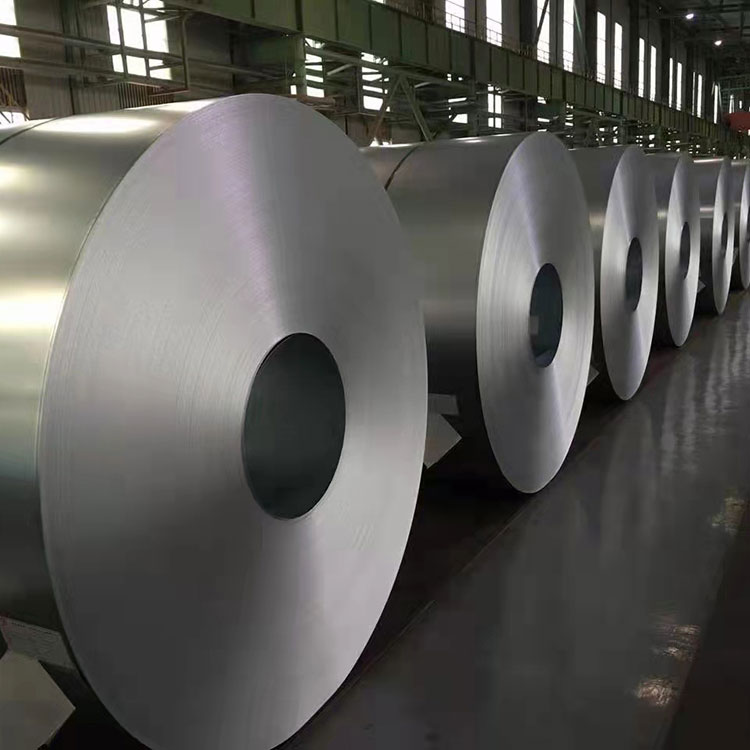6. Cold bending test
(China galvanized steel): galvanized steel pipe with nominal diameter not greater than 50mm shall be subject to cold bending test. The bending angle is 90 °, and the bending radius is 8 times of the outer diameter. During the test without filler, the weld of the sample shall be placed on the outside or upper part of the bending direction. After the test, the sample shall be free of cracks and spalling of zinc layer.
7.
(galvanized steel)Hydrostatic test the hydrostatic test shall be conducted in the black pipe, or eddy current flaw detection can be used instead of hydrostatic test. The test pressure or the size of the comparison sample for eddy current flaw detection shall comply with the provisions of GB 3092. The mechanical property of steel is an important index to ensure the final service performance (mechanical property) of steel, which depends on the chemical composition and heat treatment system of steel. In the steel pipe standard, according to different service requirements, the tensile properties (tensile strength, yield strength or yield point, elongation), hardness and toughness indexes, as well as the high and low temperature properties required by users are specified.
①
(galvanized steel)Tensile strength( σ b) : the maximum force (FB) borne by the sample during tensile breaking, which is the stress obtained from the original cross-sectional area (so) of the sample( σ), Called tensile strength( σ b) , in N / mm2 (MPA). It represents the maximum resistance of metal materials to failure under tensile force. Where: FB -- the maximum force borne by the sample when it is broken, n (Newton); so -- the original cross-sectional area of the sample, mm2.
②
(galvanized steel)Yield point( σ s) : for metal materials with yield phenomenon, the stress when the specimen can continue to elongate without increasing (keeping constant) the stress during the tensile process is called the yield point. If the stress decreases, the upper and lower yield points shall be distinguished. The unit of yield point is n / mm2 (MPA). The upper yield point( σ Su): the maximum stress before the yield stress of the sample decreases for the first time; Lower yield point( σ SL): the minimum stress in the yield stage when the initial instantaneous effect is not considered. Where: FS -- yield stress (constant) of the sample during tension, n (Newton) so -- original cross-sectional area of the sample, mm2.
③ Elongation after fracture:( σ) In the tensile test, the percentage of the length increased by the gauge length of the sample after breaking to the original gauge length is called elongation. with σ Expressed in%. Where: L1 -- gauge length after sample breaking, mm; L0 -- original gauge length of sample, mm.
④ Reduction of area:( ψ) In the tensile test, the percentage between the maximum reduction of the cross-sectional area at the reduced diameter and the original cross-sectional area after the specimen is broken is called the reduction of area. with ψ Expressed in%. Where: S0 -- original cross-sectional area of sample, mm2; S1 -- minimum cross-sectional area at the reduced diameter after sample breaking, mm2.
⑤ Hardness index: the ability of metal materials to resist the indentation surface of hard objects is called hardness. According to different test methods and application scope, hardness can be divided into Brinell hardness, Rockwell hardness, Vickers hardness, shore hardness, microhardness and high temperature hardness. Brinell, Rockwell and Vickers hardness are commonly used for pipes.
A. Brinell hardness (HB): press a steel ball or cemented carbide ball with a certain diameter into the sample surface with the specified test force (f), remove the test force after the specified holding time, and measure the indentation diameter (L) on the sample surface. Brinell hardness value is the quotient obtained by dividing the test force by the indentation spherical surface area. It is expressed in HBS (steel ball), and the unit is n / mm2 (MPA).

